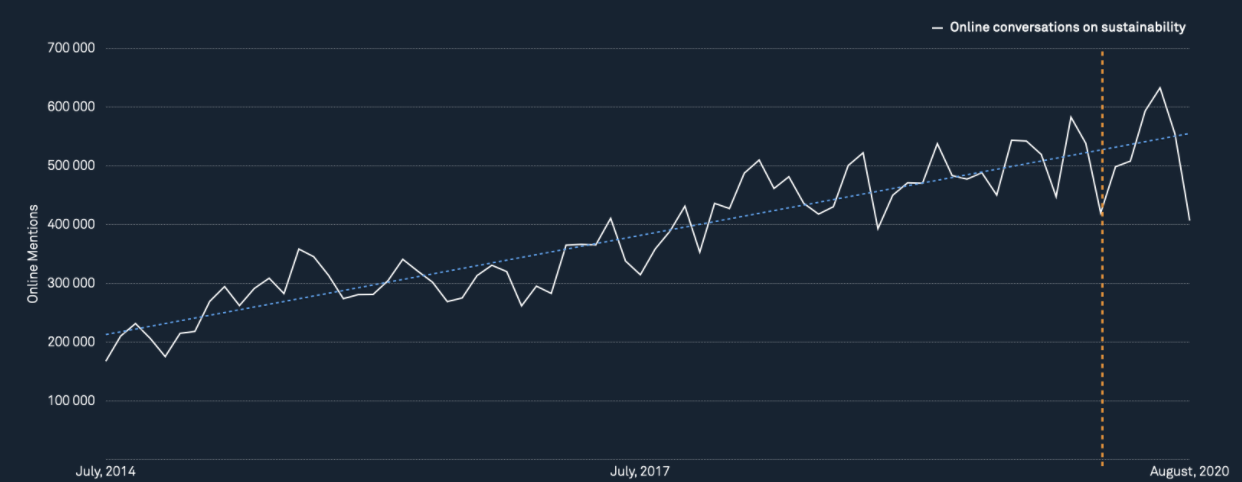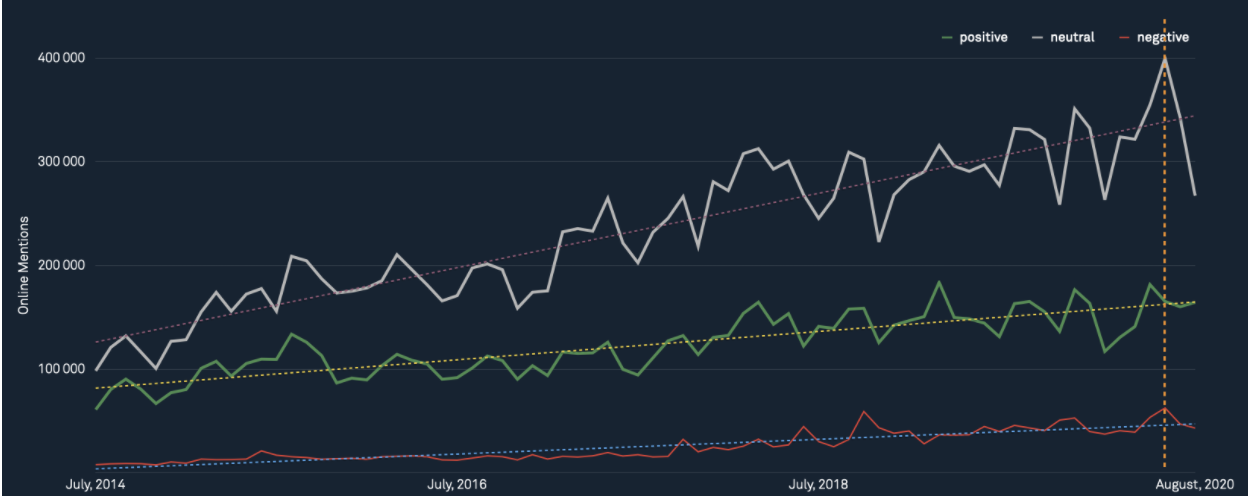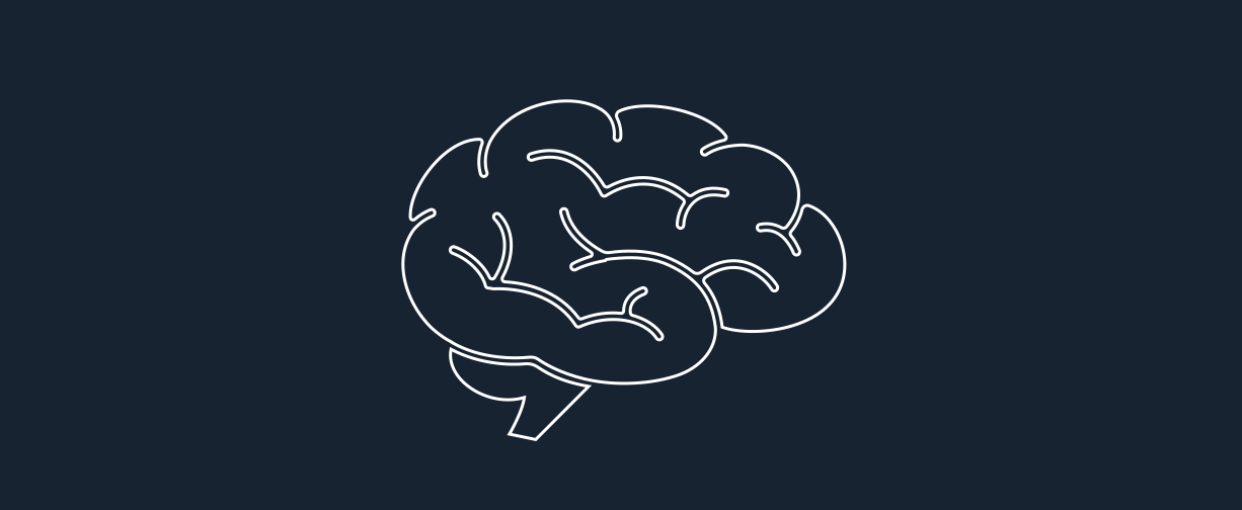
- By Olof Gränström
...they need help telling their stories so we better understand the message.


...they need help telling their stories so we better understand the message.
On the 23rd of September Whispr Group hosted a webinar on “How to Succeed with Sustainability Communication Through Insights”. With 150+ organizations from 25+ nations represented, we listened to Olof Gränström, as he guided us through the latest data on the topic, while providing us with three key insights for communications to keep in mind for the future in connection to sustainability communication efforts. Below you will find a summary of the data and the key insights. Olof will also provide answers to the questions asked during the webinar and answer those questions which we did not manage to answer live.

Sometimes it’s hard to see the real problem. For example, most people in Sweden tend to think plastic bags are the main problem when it comes to littering on our beaches when they’re not. We don’t grasp the real issue of how plastic waste actually exists in the world, and we grossly underestimate the actual amount of plastic waste by a factor of 50(!). This is repeated again and again over multiple subjects as we don’t understand the basic facts of sustainable development and global development.
 (*All open social media sources such as Twitter, Blogs, Forums, Reddit, Reviews, YouTube. Languages: English)
(*All open social media sources such as Twitter, Blogs, Forums, Reddit, Reviews, YouTube. Languages: English)
Though we have a hard time understanding the facts about sustainable development, it’s gaining more and more interest among the general public. The only visible decrease in interest is caused by the Covid-19 pandemic that has caused the public to shift focus.
 (*All open social media sources such as Twitter, Blogs, Forums, Reddit, Reviews, YouTube. Languages: English)
(*All open social media sources such as Twitter, Blogs, Forums, Reddit, Reviews, YouTube. Languages: English)
Currently, conversations held online are predominantly positive and tend to focus on the progress being made concerning sustainable development. Throughout recent years, the number of cynical and sarcastic conversations targeting individual companies’ sustainability efforts not being enough and too late is increasing, so tapping into the target audience’s cognitive map is becoming ever more critical.
Leading up the webinar, Whispr Group and Olof identified three trends we need to consider if we are to be successful in our communication within Sustainability.

An easy way of understanding how the human brain works is dividing our thinking into two halves. The first of these two halves include “fast, instinctive, and hot thinking”. Think of it as our autopilot that makes hundreds of unconscious decisions for us every day. This is a part of our brain that had served us extremely well for thousands of years when most of our decisions were connected to our basic needs. Like food, shelter, and immediate threats.
This kind of thinking is based on our experiences of what we have seen, heard, felt, and smelled. Strongly as this type of thinking has helped us in the past however, it seldom serves us very well when faced with challenges like those connected to sustainable development as we have no prior experience, and can’t trust our fast thinking to make decisions here. Here we need to activate our second half of the brain, our “slow thinking”, which is more like a pilot, and make conscious decisions based on reasoning.
Many of our misunderstandings concerning sustainable development are based upon the fact that we are trying to comprehend something our brain historically has not needed to understand. We are more adapted to solve problems like “what am I going to eat?” than why humanity has moved the planet into the Anthropocene geological epoch.
Many of the questions asked during the webinar touch upon similar points, and therefore, we have clustered these into three categories. Below you will find these answers and our reasoning as to why that is.
Should we communicate science-based targets even if our target audience won’t understand them, or even appreciate the communication?
This is a very tricky question, as there must be a balance to succeed. By focusing on posts and content purely for “likes” and positive engagement, you face a risk of being accused of greenwashing. If you instead turn the table and focus on scientific claims and data, you face the risk of losing your audience in your communication due to their lack of understanding.
We would advise you to stick to your core narrative but divide the communication into smaller “bits” that together forge a strong science-based story. This comes down to being able to simplify your narrative. Professor Hans Rosling used to call this “vulgar simplifications”, and this is very uncommon, as few dare to do it in fear of losing the scientifically based core narrative.
This type of simplification is easier said than done. It comes down to understanding your target audience exceptionally well so that you dare to simplify. Simplification doesn’t necessarily mean that you need to lose out on vital parts of the message; it should help you prioritize your message for maximum impact. If you truly understand your target audience’s cognitive map, you can measure and analyze the reaction to the “uncertainties” to increase the effectiveness of your communication.
How to cut through the media noise and make an impact with more complex narratives?
This is an issue as sustainability tends to be a highly complex subject that often doesn’t have an easy answer, which most media is designed to provide today. There will be a need to factually underline answers and communication related to a more sustainable future. We believe that a message sprung out of research and data is best delivered by the power of data and insights.
Forging a path between simplicity and scientific data must find its base in a genuine humbleness regarding the complexity of the questions and the importance of the topic. We should never take knowledge for granted: simplify whenever possible, and structure our communication in bits to maximize our communication’s effectiveness without losing our core message. It is vital to remember that most of our target audience are not experts in the field, though they have a burning desire to see a change for the better – it is our task to showcase the progress made.
How do I successfully communicate our message if our industry is already seen as a major environmental polluter – is this a lost cause?
If you find yourself working in an industry or segment of the market which tends to be viewed negatively, there is bound to be an abundance of data to help you forward. In this case, you need to start by understanding why people have this negative view in the first place. By understanding the negatives, the emotions, and the values that the target group holds, you gain vital insights that can help formulate an impactful message.
What are the facts that can convince them otherwise? What creates an emotional response, both positive and negative? Which narratives have a chance to activate them? In its essence, something can be both good and bad at the same time – it’s all a matter of perception.
Finally, to suggest some further reading, I would recommend Thinking Fast and Slow by Robert Kahneman and perhaps Bounded Rationality by Gerd Gigerenzer and, of course, Factfulness by Hans Rosling.